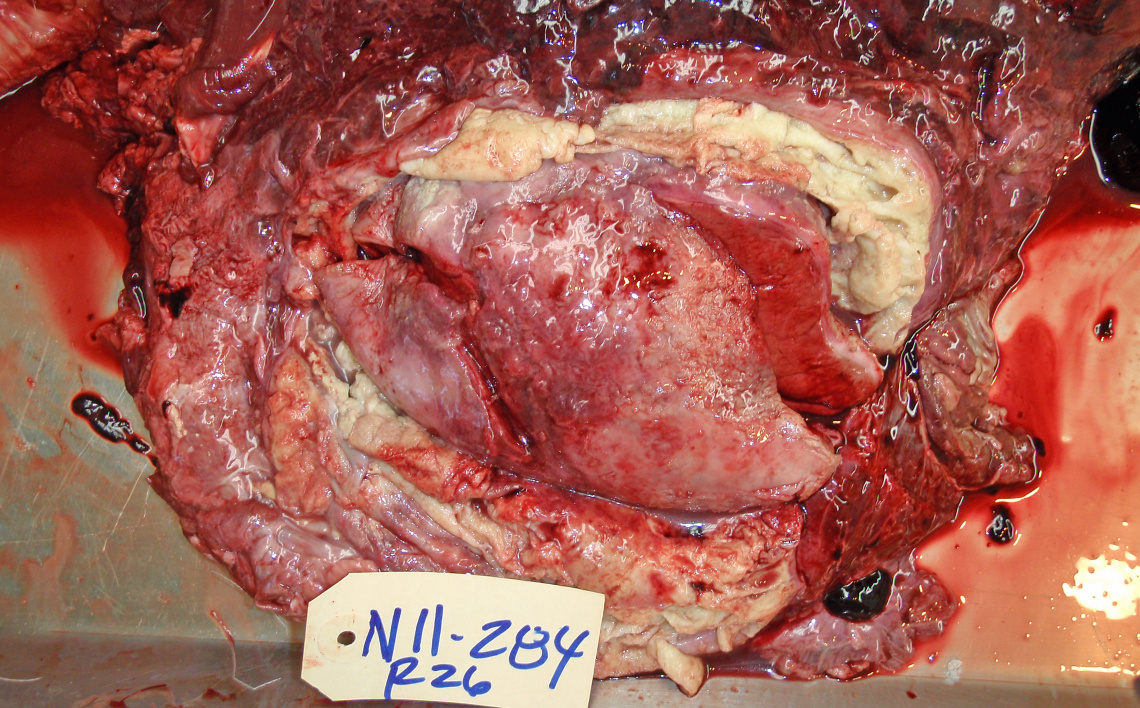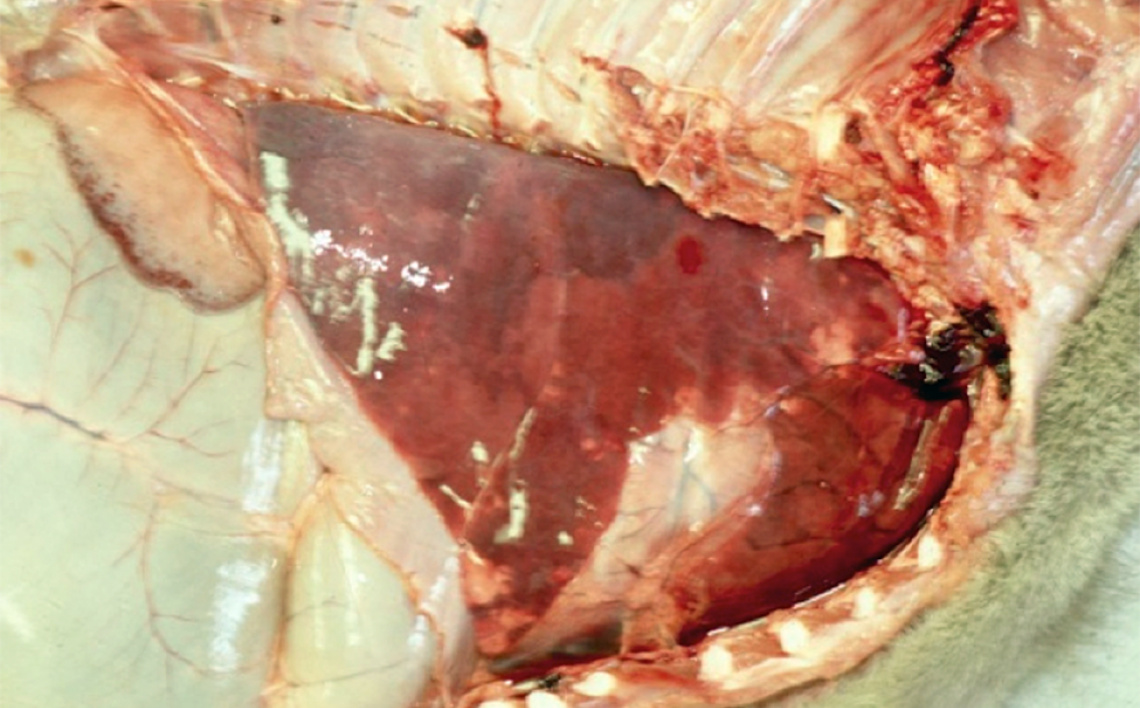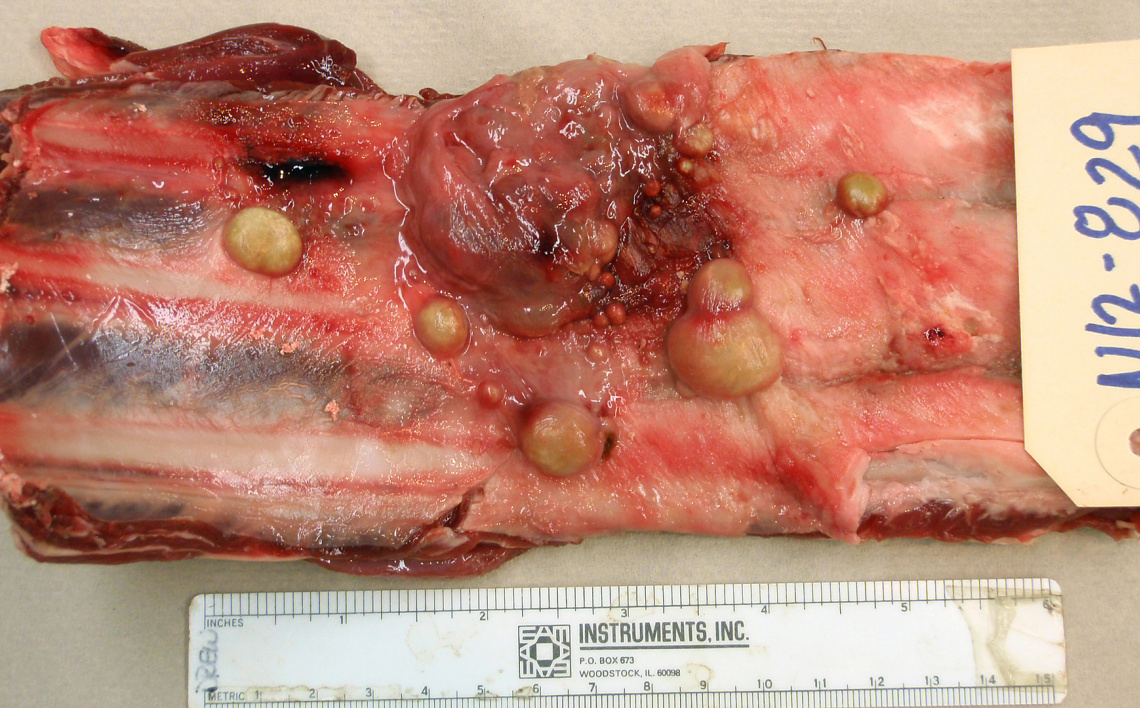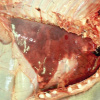Wildlife Health Diseases affecting Idaho's wildlife
About Pneumonia
Idaho Department of Fish and Game conducts surveillance of bighorn sheep populations for the pathogens associated with pneumonia whenever bighorn sheep are captured or handled. Herd performance is monitored for evidence of lamb mortality events. Interactions between domestic sheep and goats and bighorn sheep trigger a response by Idaho Department of Fish and Game to remove the bighorn sheep from the interaction site. The Idaho Department of Fish and Game is conducting or collaborating on research on bighorn sheep disease with numerous academic and research institutions.
Pneumonia in other species is usually an individual animal disease, often recognized by hunters. The Idaho Department of Fish and Game is interested in finding cases of pneumonia in deer, elk, moose and pronghorn to determine the extent of disease in these species and if management is needed.
Pneumonia in other ruminant species is sporadic and does not appear to affect populations.
- https://wwwnc.cdc.gov/eid/article/18/3/11-1554_article
- https://www.nps.gov/moja/learn/nature/desert-bighorn-sheep.htm
- http://www.wafwa.org/Documents%20and%20Settings/37/Site%20Documents/Working%2...
- http://www.wafwa.org/Documents%20and%20Settings/37/Site%20Documents/Working%2...
- http://www.aawv.net/bighorn/3jessup.pdf






